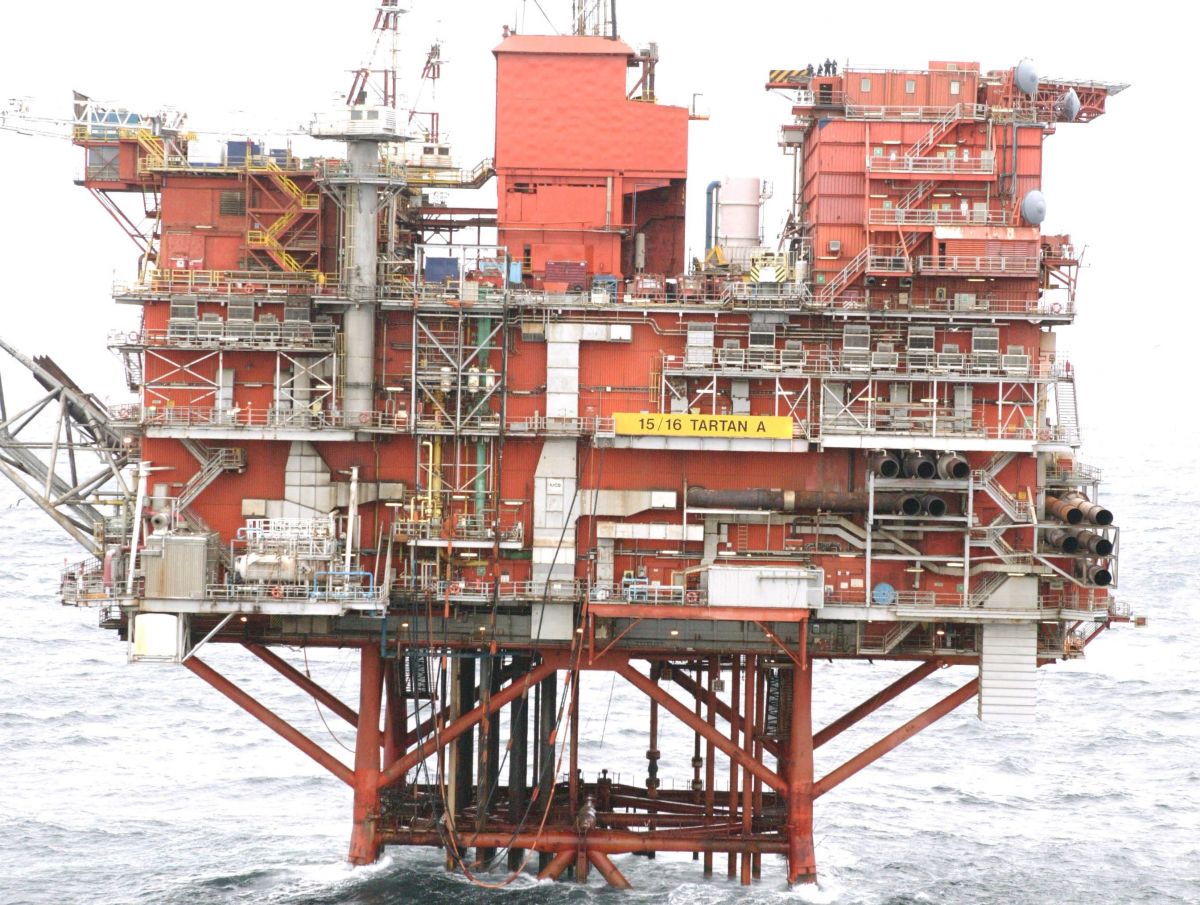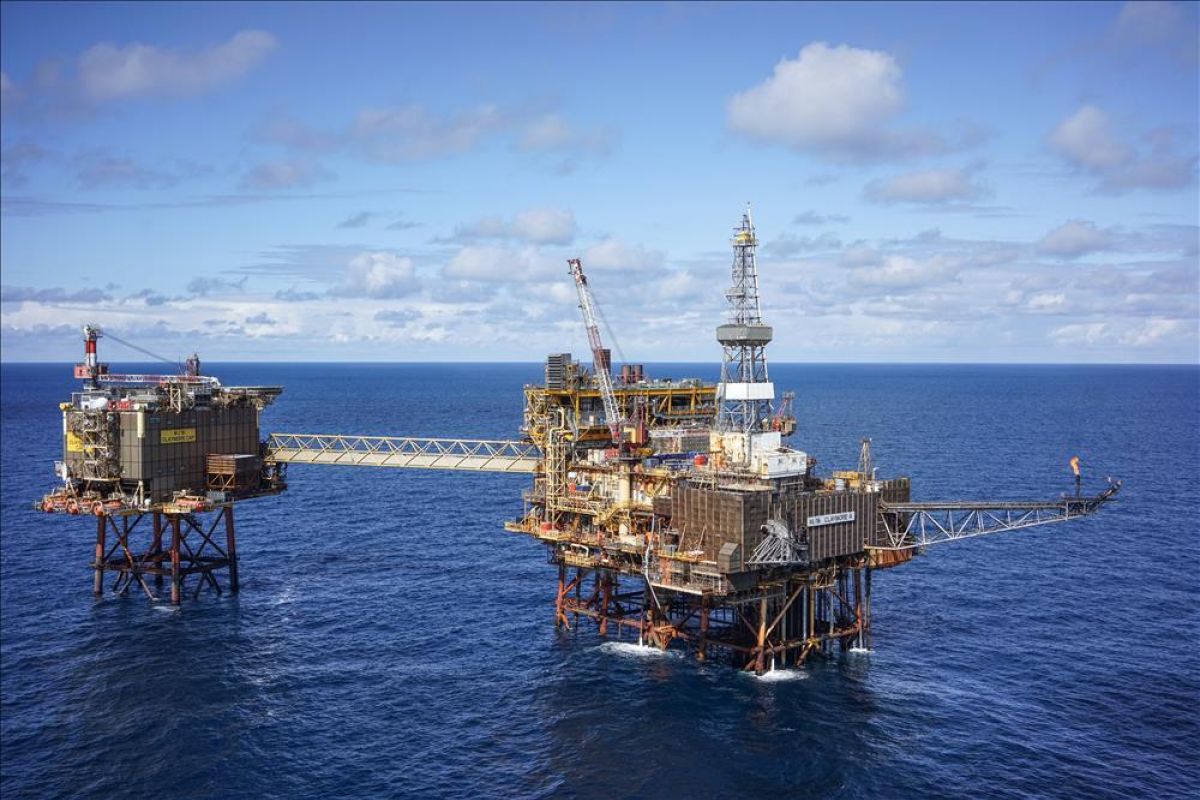Repsol Sinopec targets additional barrels as production efficiency rises
Posted 19, Apr 19
Work has begun on projects across a number of sites in the Repsol Sinopec portfolio that should realise in the region of an additional 10m boe, beginning later this year.
Activity is already under way to reinstate production from the Galley field. A subsea tieback to the Tartan platform, Galley production was halted in August 2012 following a subsea pipeline failure. Production is scheduled to recommence in July this year and to continue through at least to cessation of production on Tartan, contributing 1.1m boe at an initial rate of around 1,500 boepd. Galley production also reduces Tartan's requirement to import fuel gas, thereby contributing to a further reduction in Tartan operating costs and supporting extended operating life.

Tartan
Also in the Flotta catchment area, reactivation of the drilling package on Claymore is nearing completion and will be followed by a similar reinstatement on Piper Bravo. On Claymore, this will facilitate a number of well workovers that should realise an additional 4.7m boe, with the potential for infill drilling to follow. The reinstatement of the Piper rig is initially targeting two sidetracks, from a shut-in well and a disused water injection well, that could realise an additional 4.2m boe in total and which are scheduled to begin producing in Q3 2020.

Claymore
Meanwhile Repsol Sinopec continues to work closely with field partners RockRose Energy (50%/50%) on the development of the Tain field which is expected to be produced over the Bleo Holm floating production vessel in 2021. A Field Development Plan is due to be delivered by the end of 2019 with the intention of Final Investment Decision to be taken soon afterwards. This development is part of the life of field extension of the Bleo Holm area which will be necessitate ensuring a vessel is on station.
Nicolas Foucart, Chief Operating Officer said: "We're very pleased to be making progress with these projects. We are focusing on a number of smaller, incremental production-adding opportunities like these across our portfolio, that can play an important role in helping us to build a sustainable future for the business and that also support the objective of Maximising Economic Recovery (MER) from the UKCS.
"After some challenging times, we've taken huge strides in recent years to control costs and to increase production efficiency, safely. We still have more work to do to, but we are now ready to grow our business, and effective delivery of these projects this year should position us well to capitalise on future such opportunities. We are also working with number of third-parties to progress opportunities to utilise spare capacity in our infrastructure to deliver further MER-compliant projects in the near future."
At the other end of the asset life cycle, Repsol Sinopec continues to progress with decommissioning work on a number of assets that have ceased production. The Ensco 100 rig has been engaged to undertake a programme of plugging and abandonment of the five wells that were developed from the bridge-linked Fulmar Advanced Drilling platform, commencing in June. In addition, a HWOU (Hydraulic Work Over Unit) will be mobilised this summer to perform P&A activities on five wells from the Montrose platform.
